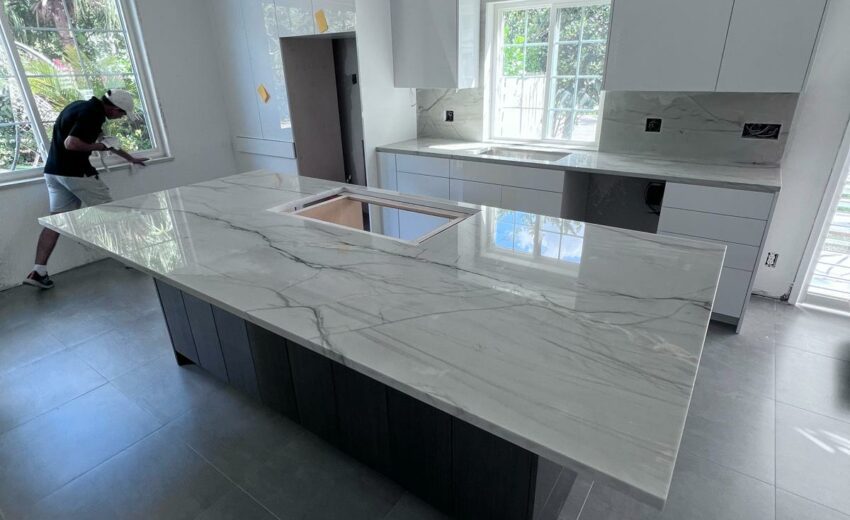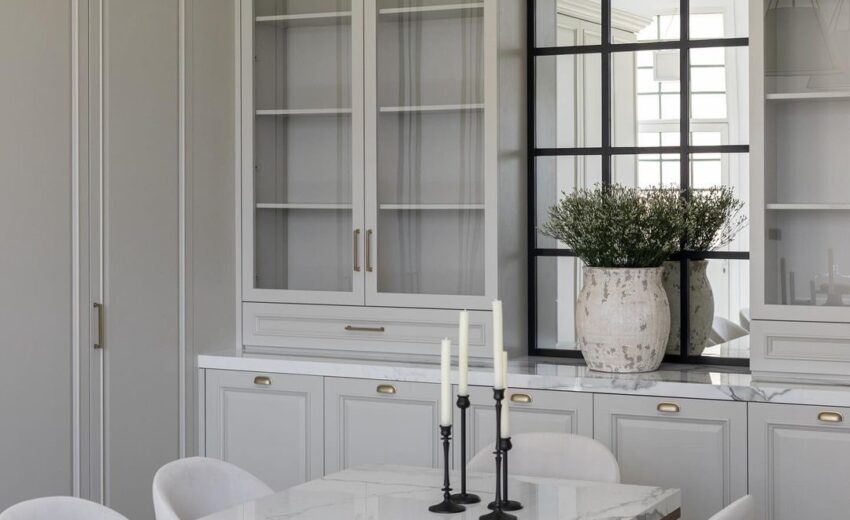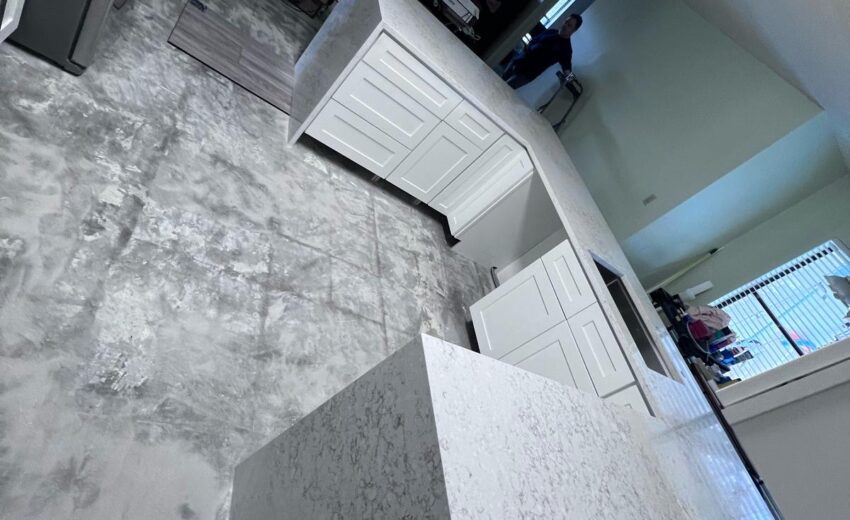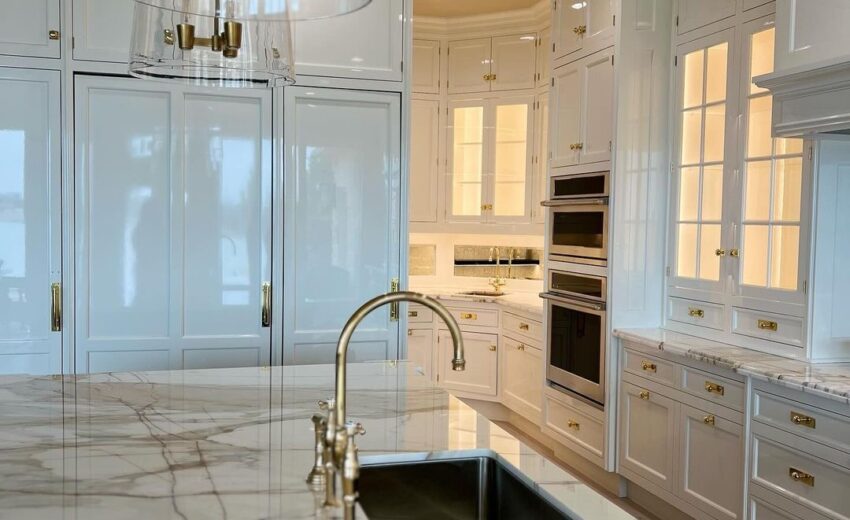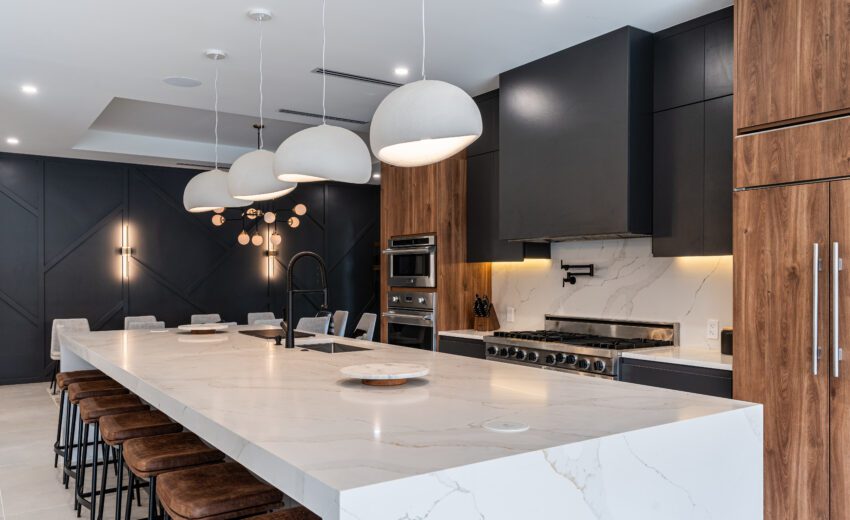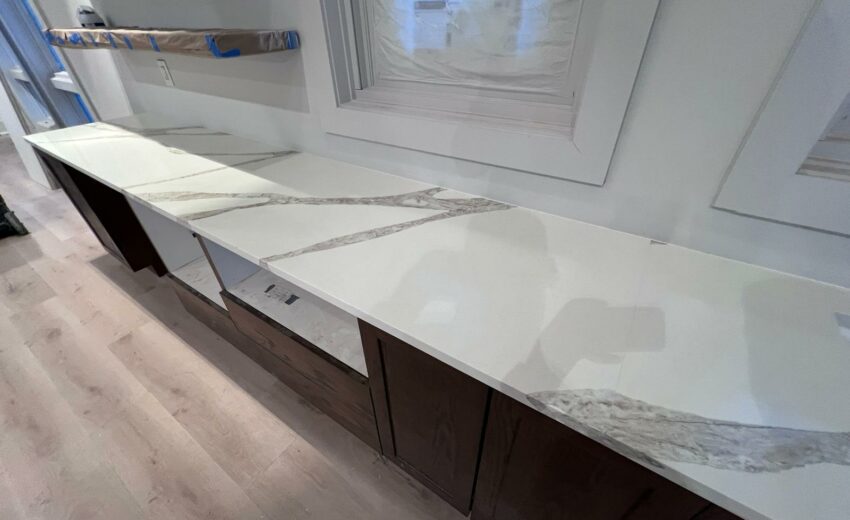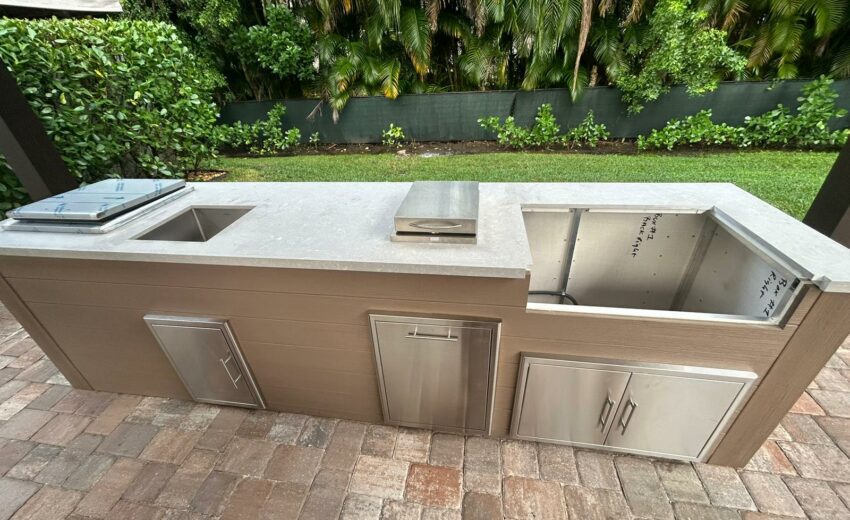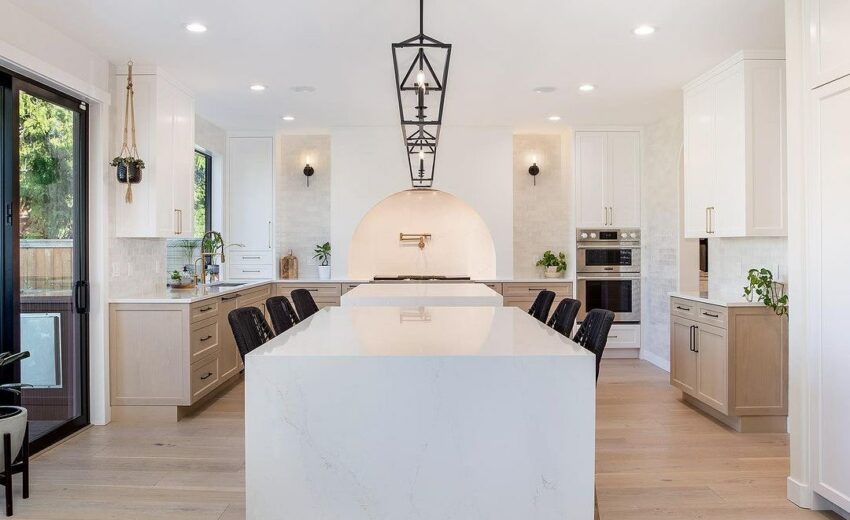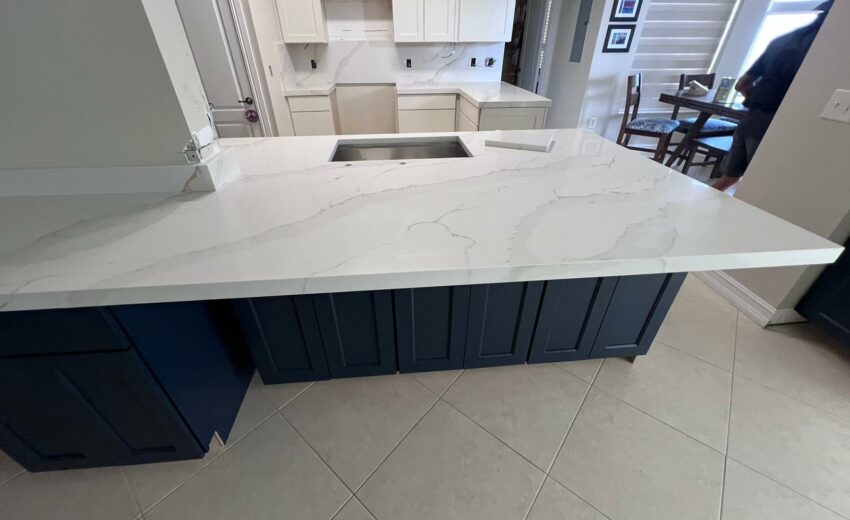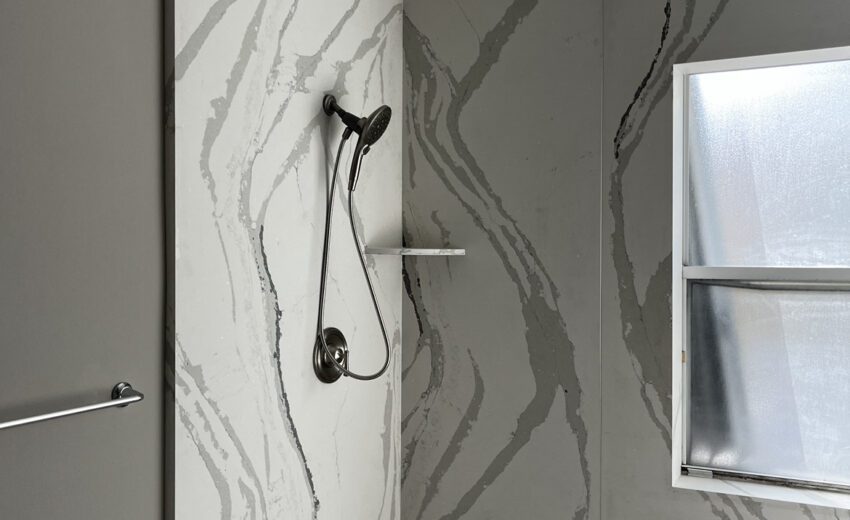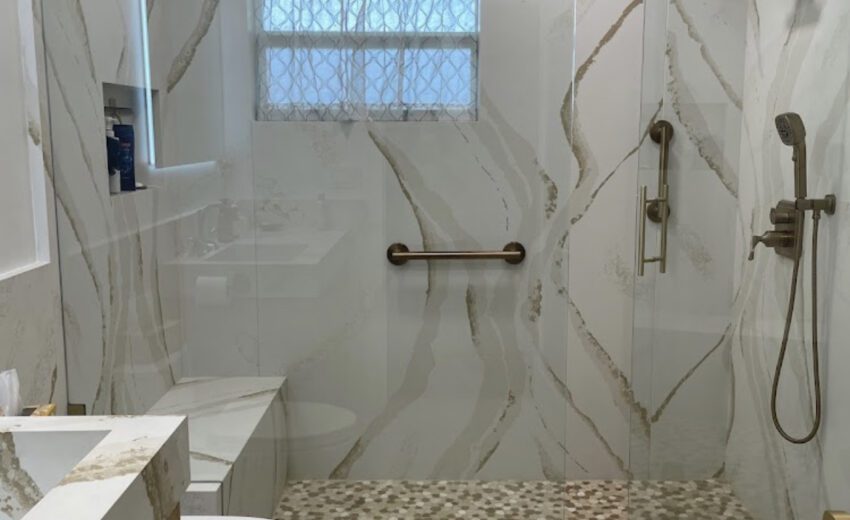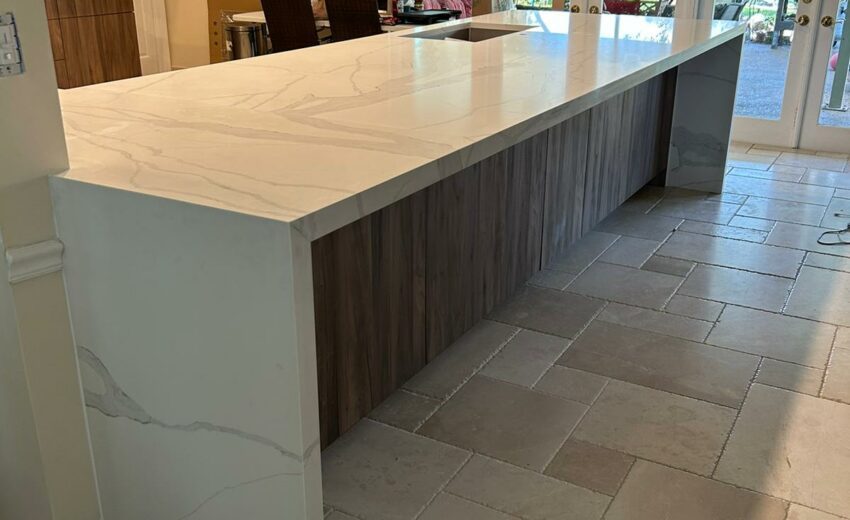Build Your Dream Kitchen!
SERVING South Florida
Turn your dream into reality!
5 stars on Google

Build Your Dream Kitchen.
SERVING South Florida
5 stars on Google



About us
Family owned business!
With over 20 years of local expertise, our family-owned business has dedicated itself to bringing the dreams of South Florida homeowners to life.
We’re not just experts in countertops; we’re your neighbors, committed to creating beautiful, lasting memories in every home.
Visit us at our showroom and let our family help yours realize the perfect vision for your space.
Quality Craftsmanship
From quartz countertops to cabinets and everything in between, all our products are sourced using the top brands.
On-Time Project Completion
Waiting for you project to finish is exhausting. That's why we stick to our timeline, so your kitchen is completed when it was promised.
Expert Design Guidance
With over 20 years experience designing kitchens, our in house designers will bring you dreams to life.


Check Out Our Packages
Currently we are offering two different countertop packages. Each package includes everything you need to get a new kitchen countertop.
Material, Design, Template, Fabrication and Installation. We do it all for you from A-Z. This is limited time only.
OUR SPECIALITY
Quartz Countertop Services in South Florida
“One-Stop Shop” for remodeling your kitchen countertops:
Design, Template, Fabrication, Material and Installation. We do it all from A-Z!
Our family-owned business is here to transform your kitchen and bathroom spaces with the timeless beauty of Quartz, Porcelain, and Marble countertops.



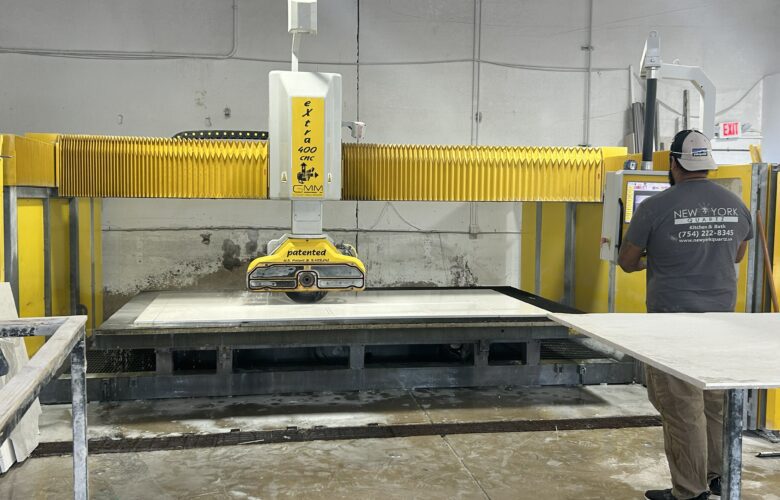

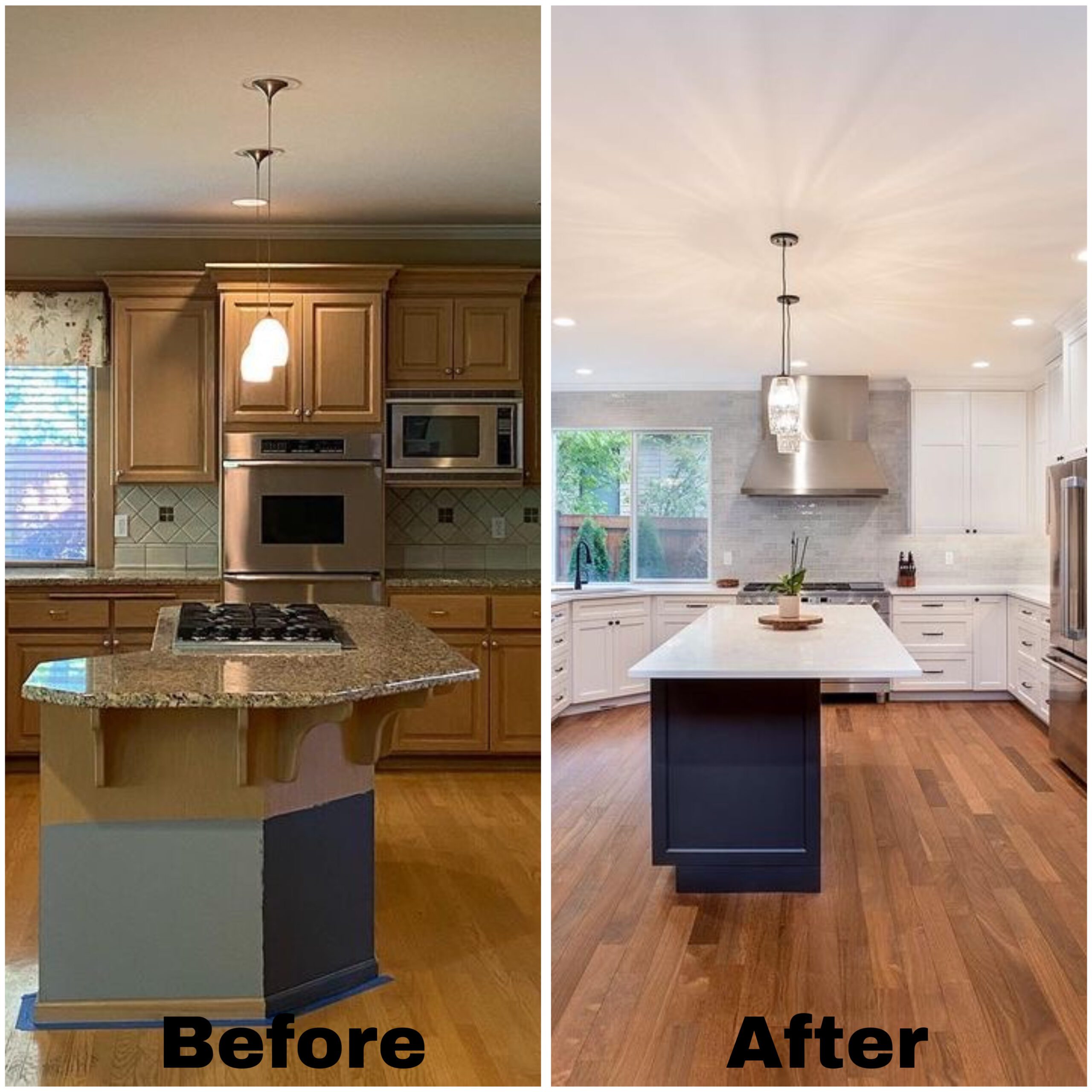
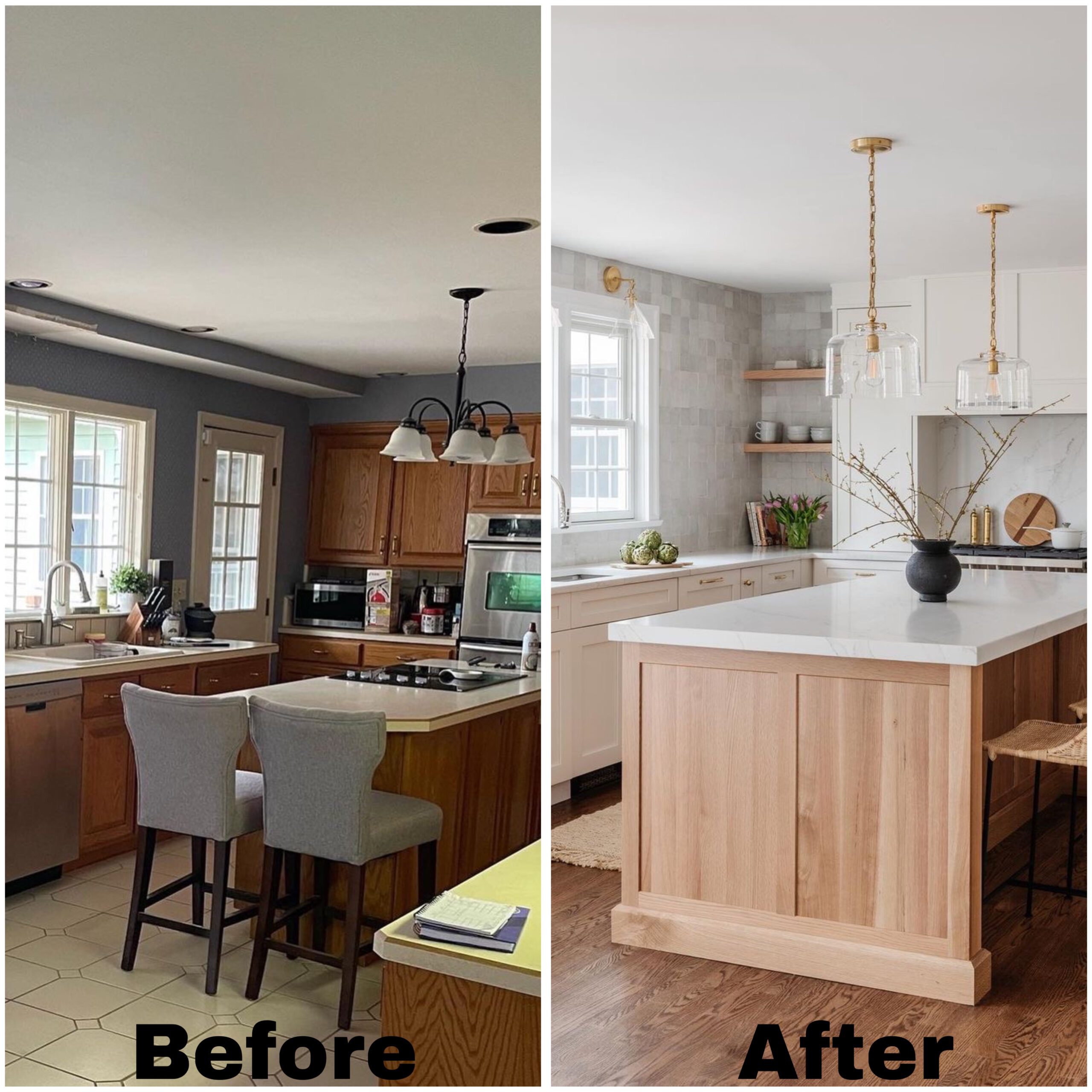

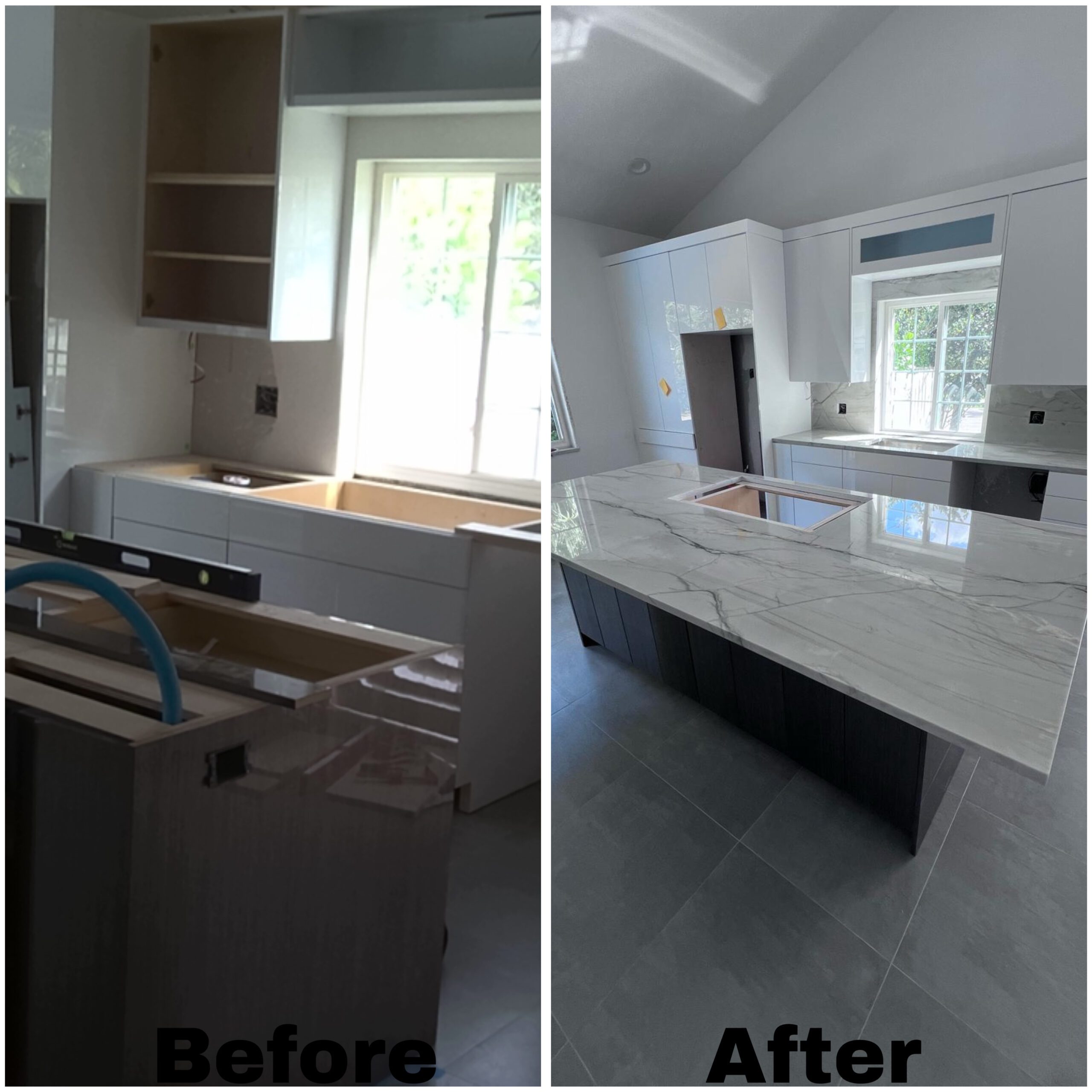
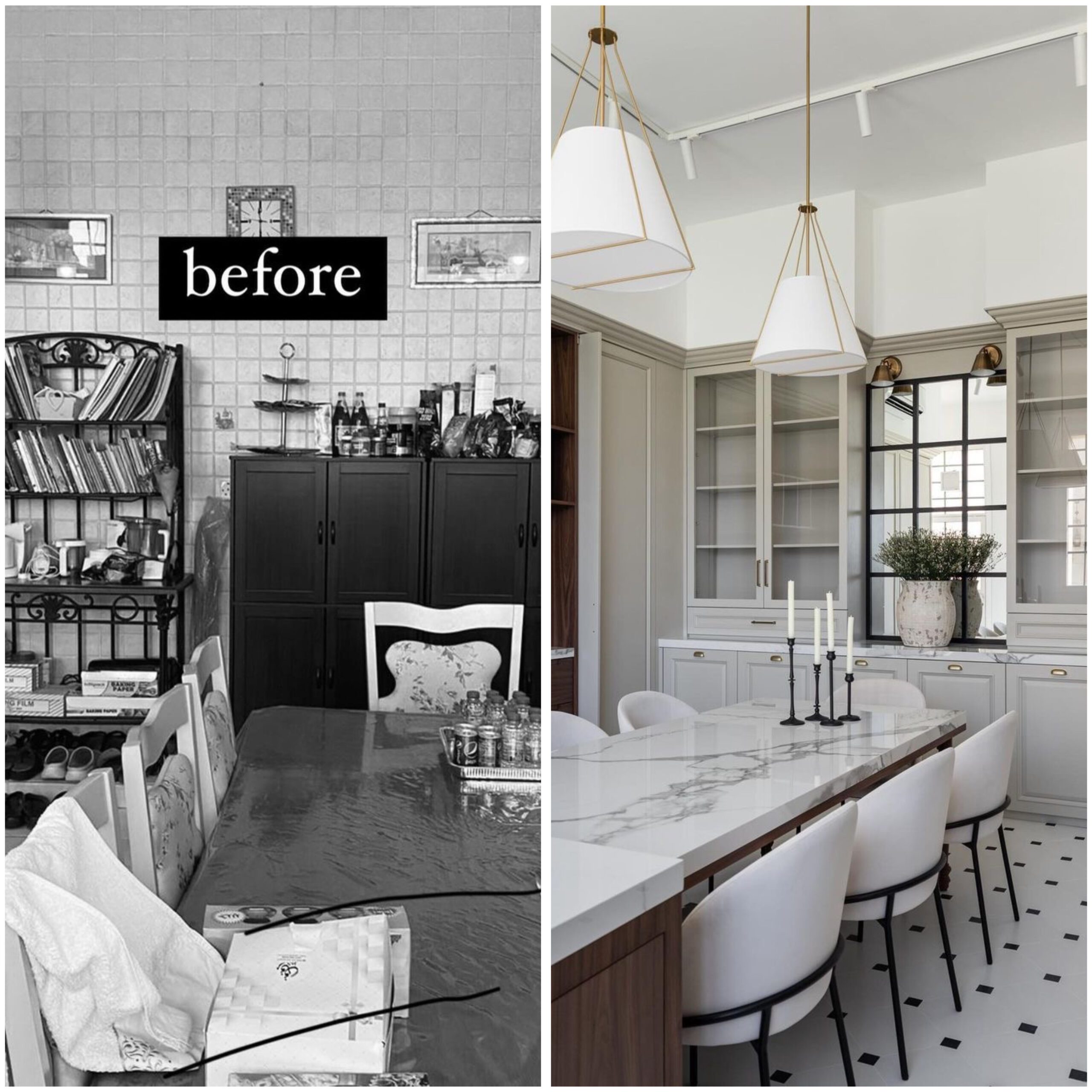
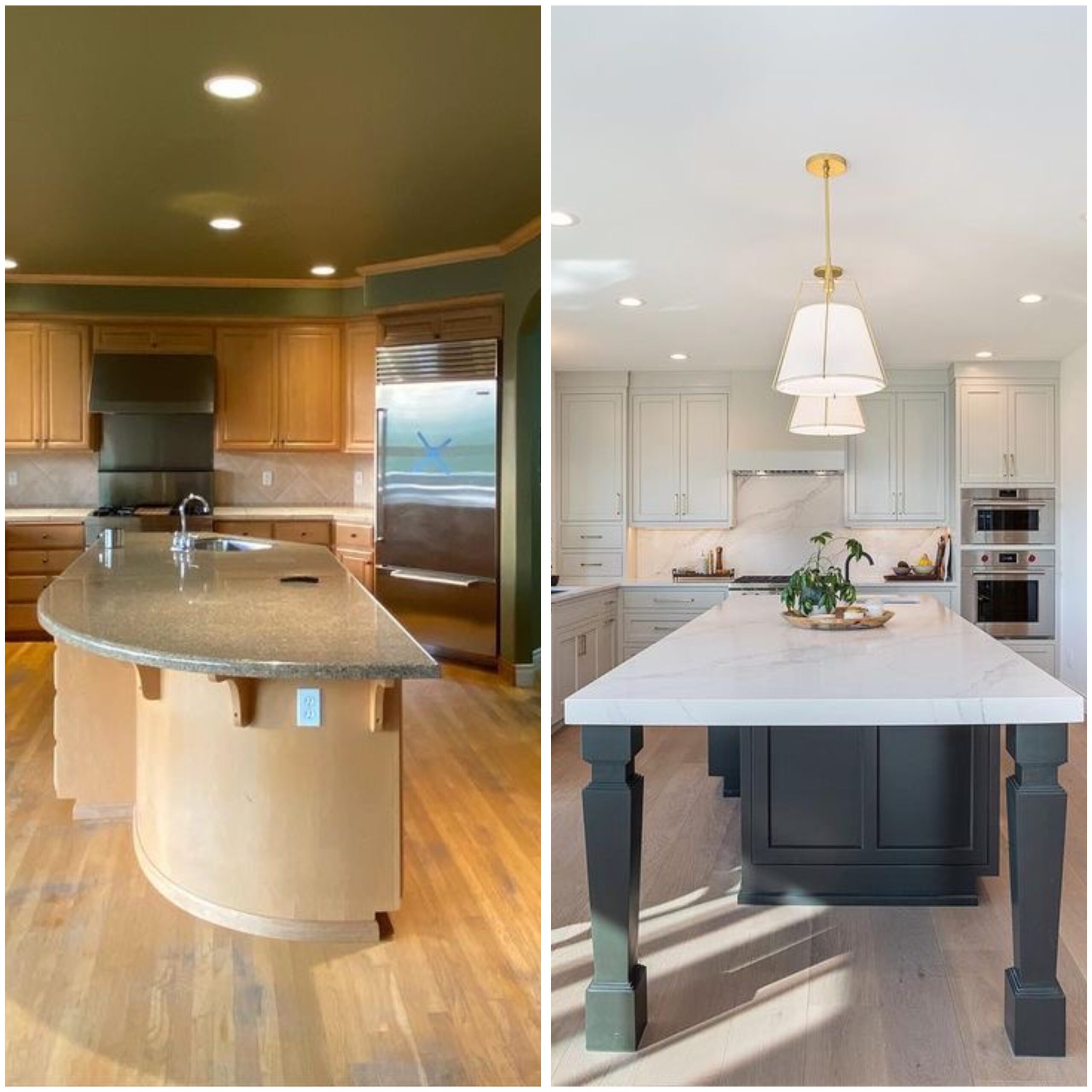
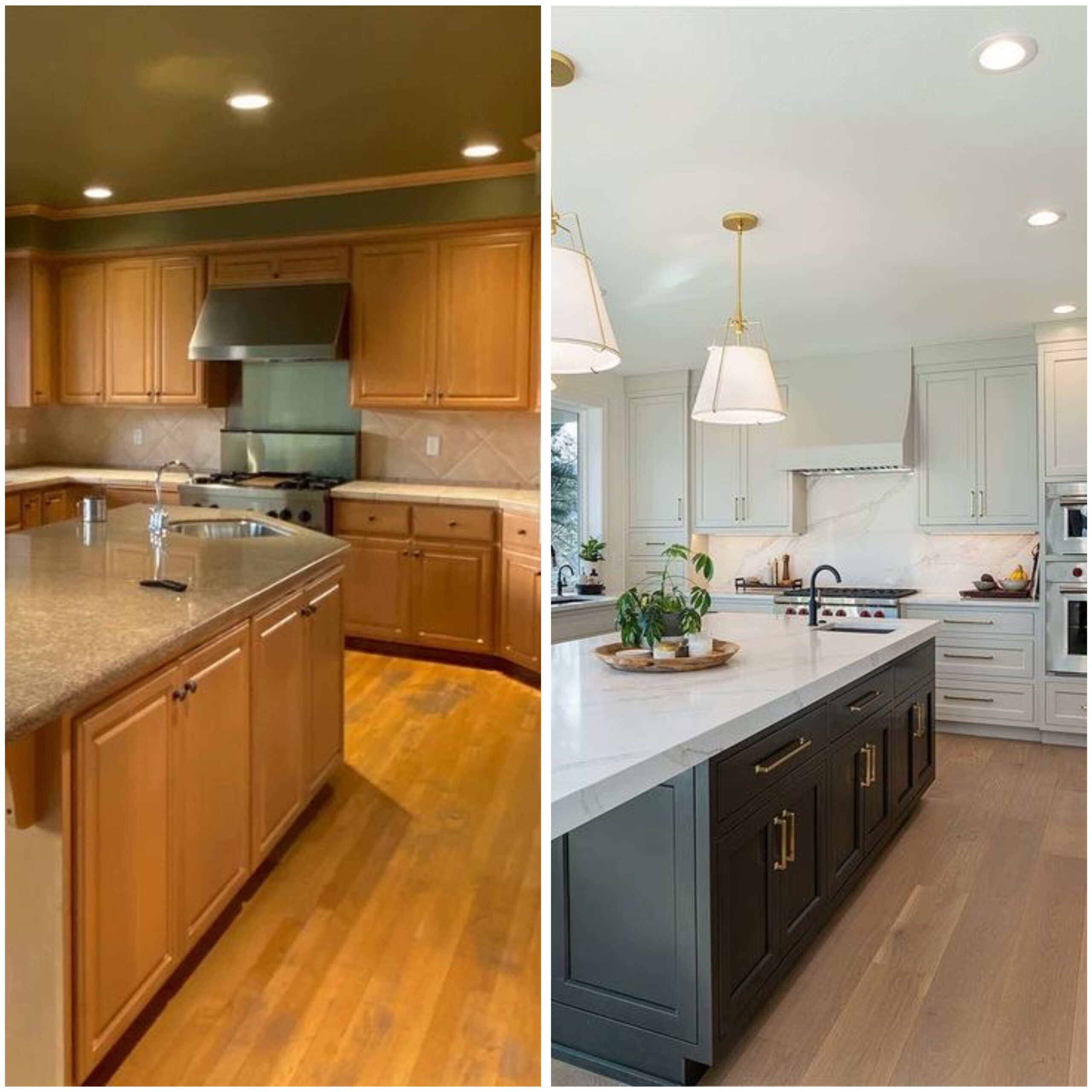
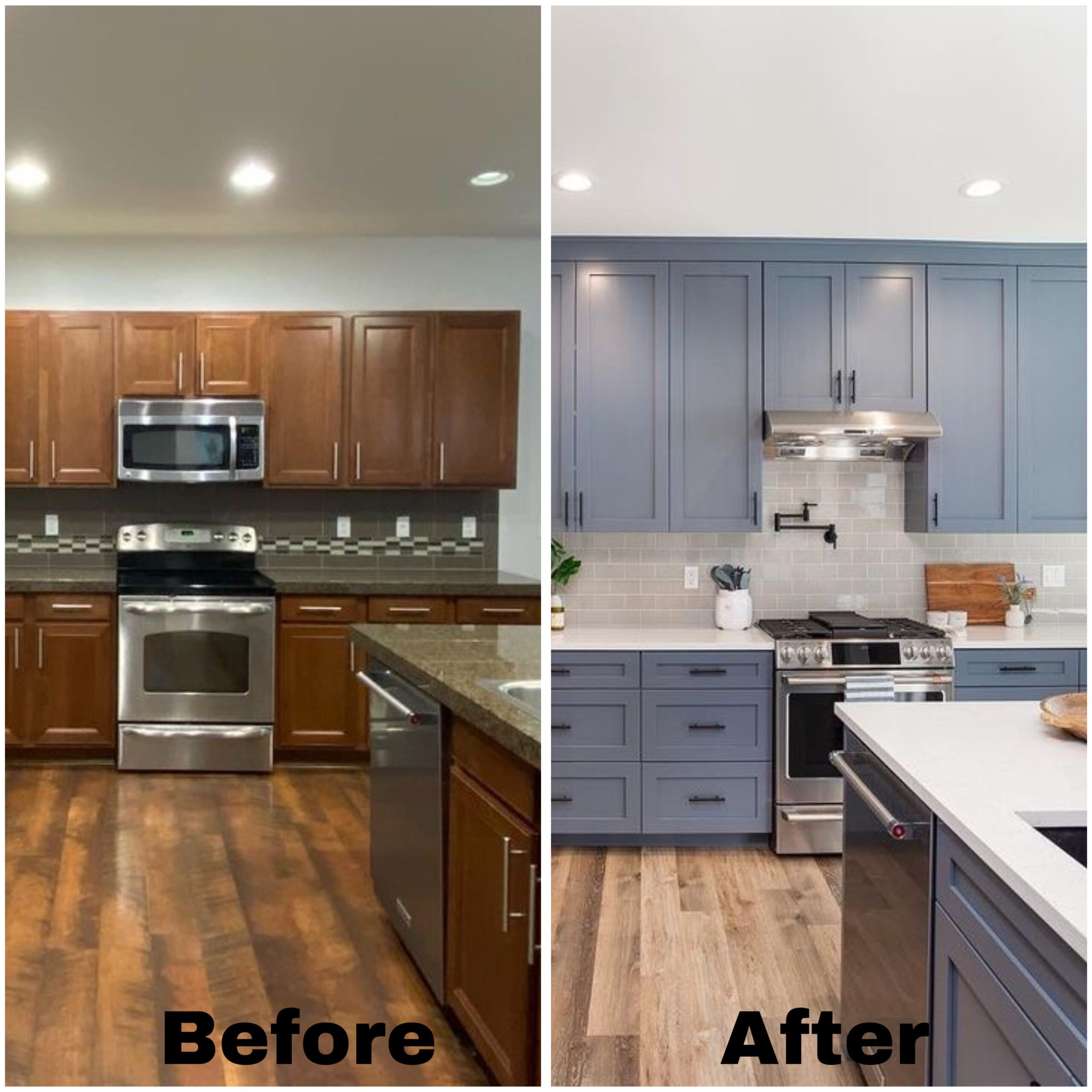
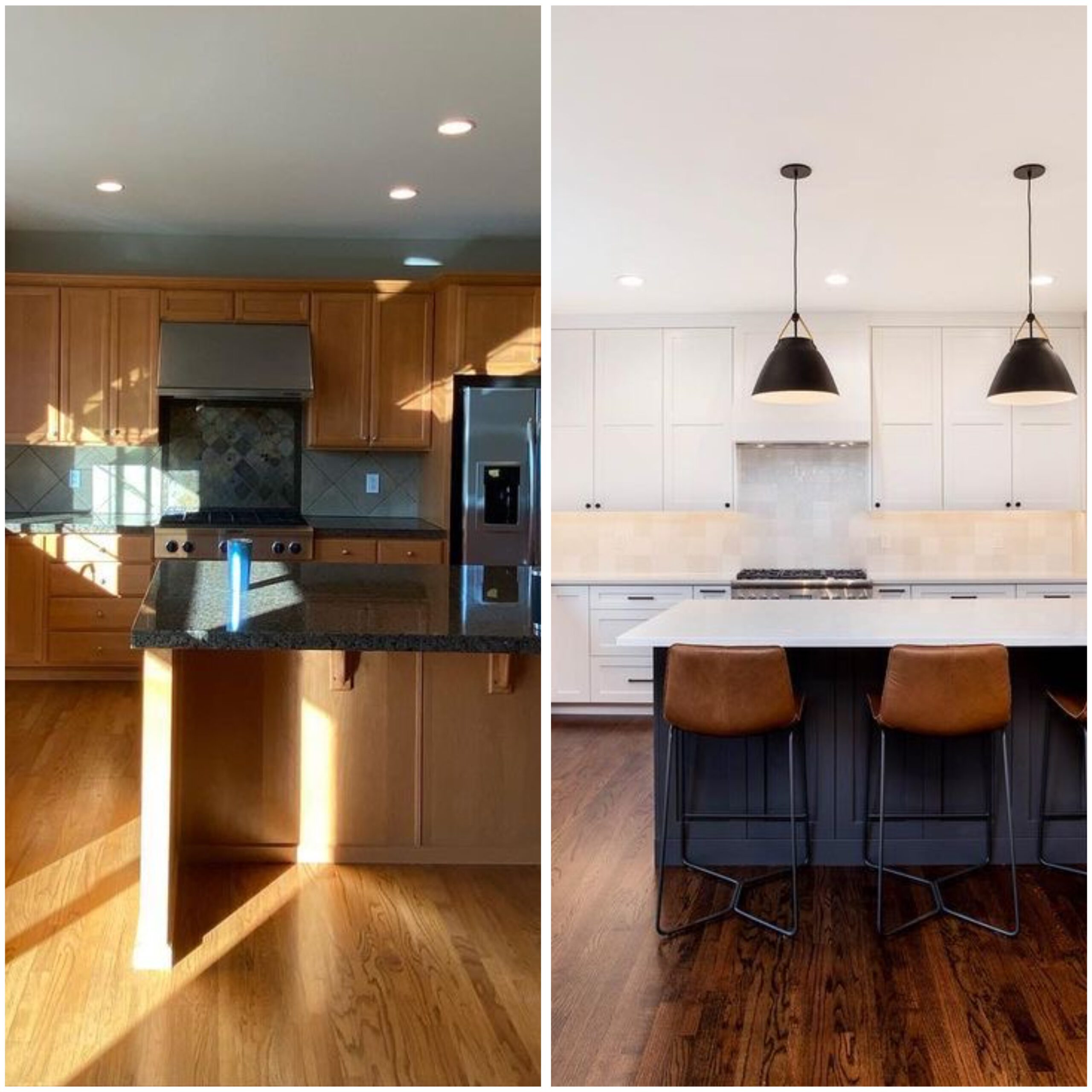
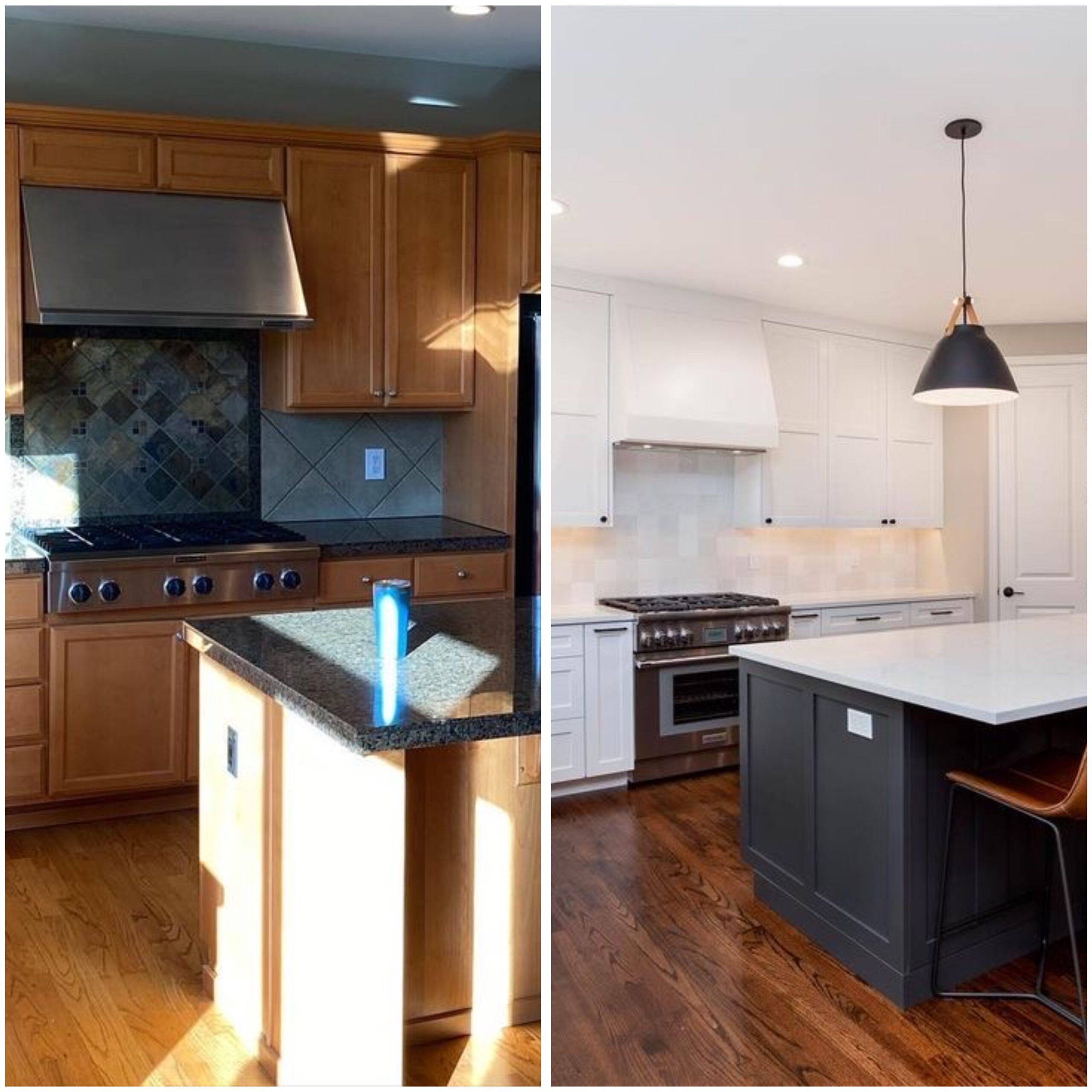
Free estimate today!
Schedule a Free Quote Today!





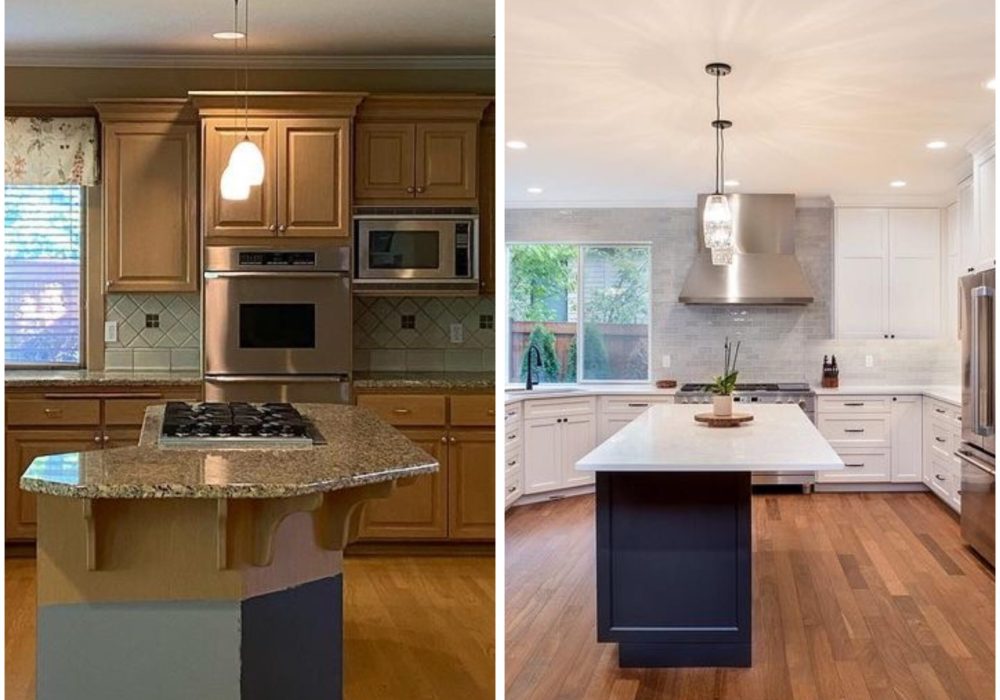

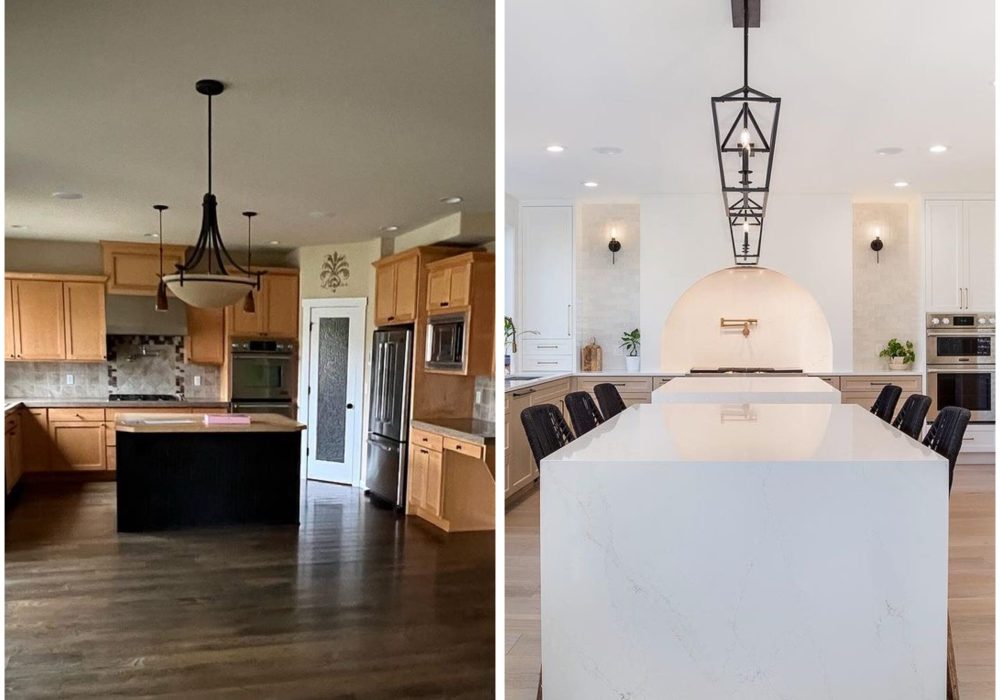
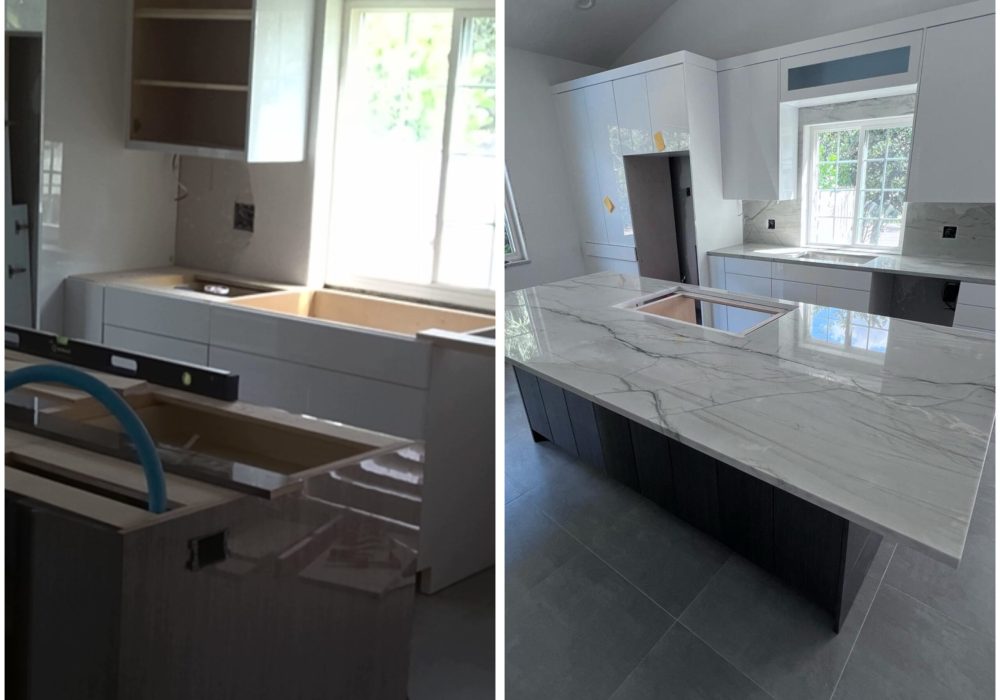
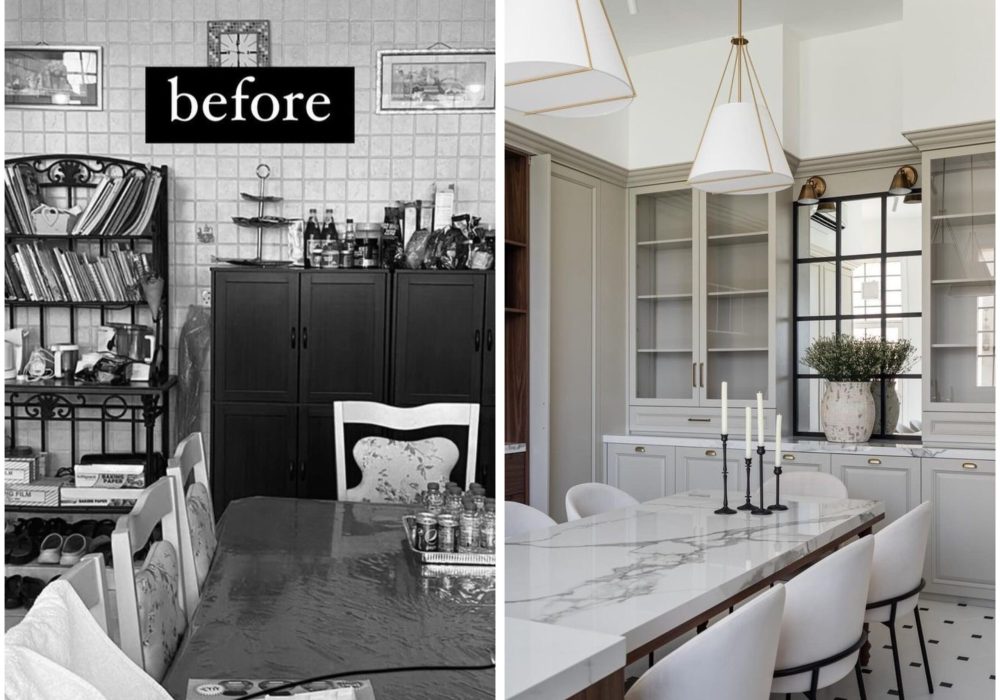
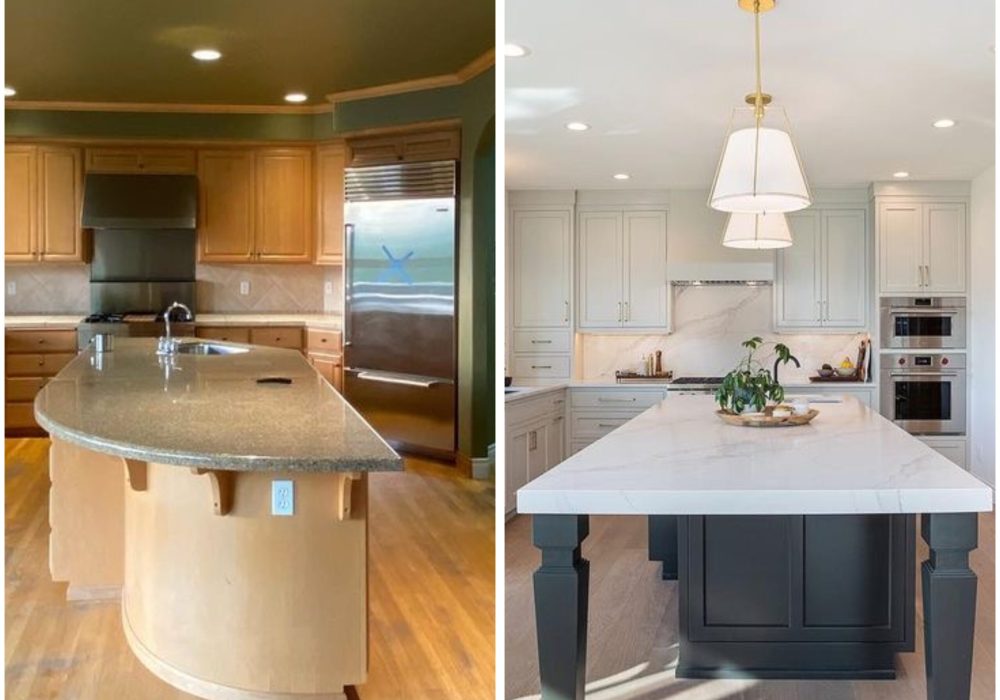
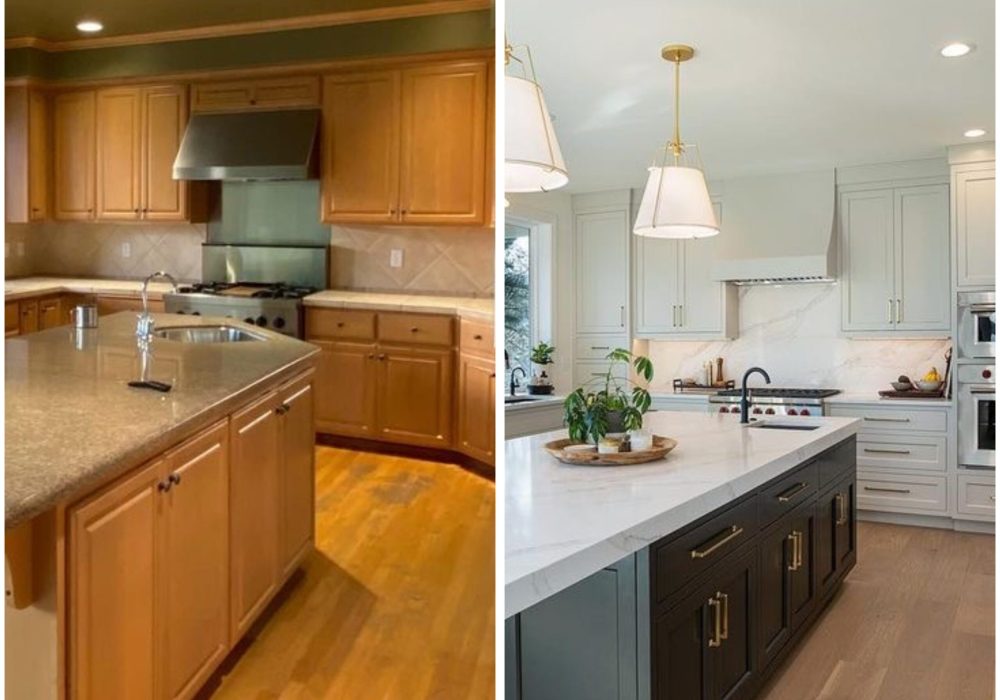
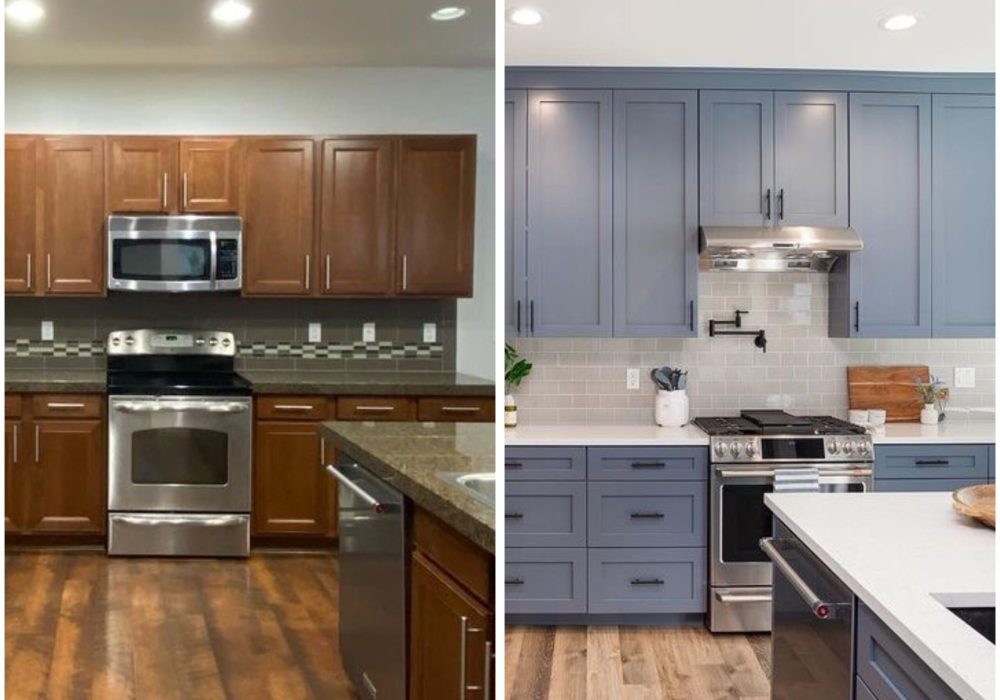
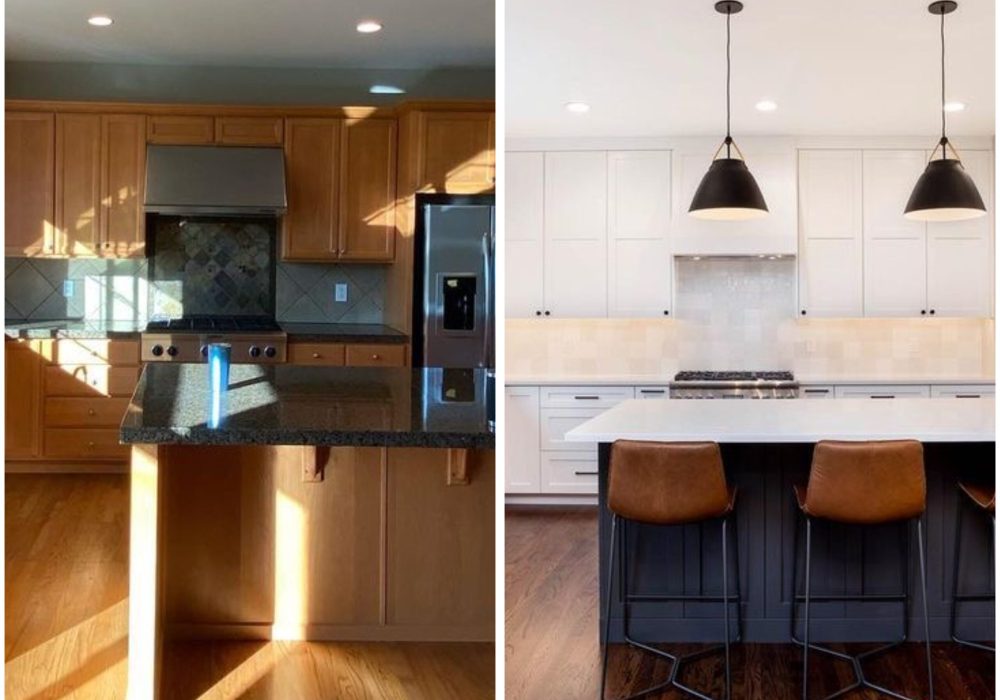
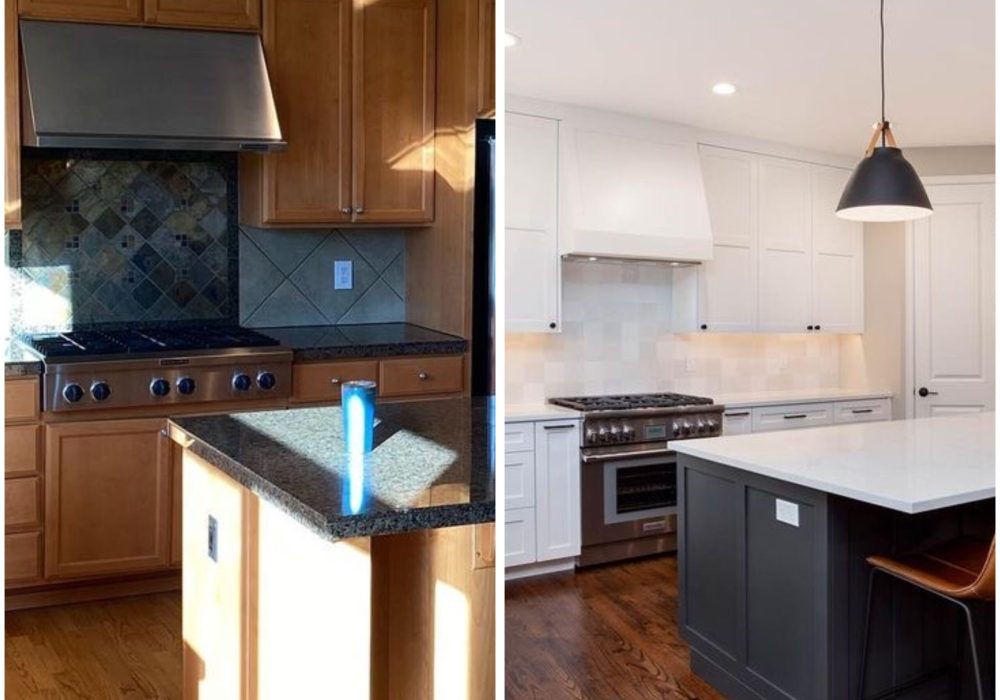
- Quartz / Marble / Porcelain / Cabinets
- Template, Fabrication and Installation!
- Free Design Services.
- Contractor Friendly
- Large Selection of Remnants Available
- In-Stock - No Waiting!
- Kitchens / Bathroom / BBQ / Fireplace
- Over 200 5+ Star reviews on Google!
"*" indicates required fields
- Your information is 100% secure

One-Stop Shop
Quartz Countertop Services in South Florida
Design, Template, Fabrication, Material and Installation. We do it all from A-Z!










countertop pRODUCTS IN SOUTH FLORIDA
Largest selection of Quartz in South Florida! Over 1,000 colors in stock now!
our Portfolio
Explore some of our Completed Projects
Explore finished kitchens from some of our customers and see how they created their dream kitchen while getting ideas for your own.
All these jobs were finished using our designs, material and Installation team. Complete Porcelain, Granite, Marble Quartzite and Quartz Countertops and Kitchen Countertops, Kitchen Remodels. Bathroom Remodels in South Florida.
Why choose us
One-Stop Shop for Quartz Kitchen Countertops In South Florida
Budget-Friendly
We respect and work within your budget to deliver a beautiful kitchen.
Clear Communication
Communicate directly with a dedicated team member throughout the duration of your project.
Clean Worksite
Expect a professional, tidy environment. We treat your house like our own.
Easy, Guided Design
With over 20 years experience designing kitchens, our in-house designers will bring your dream to life
promo video
Quartz Countertop Showroom At Our Location In South Florida
Come visit our 13,000 square feet showroom. Filled with limitless displays of quartz countertops, agate, marble, wallpaper, vanities, and much more.

